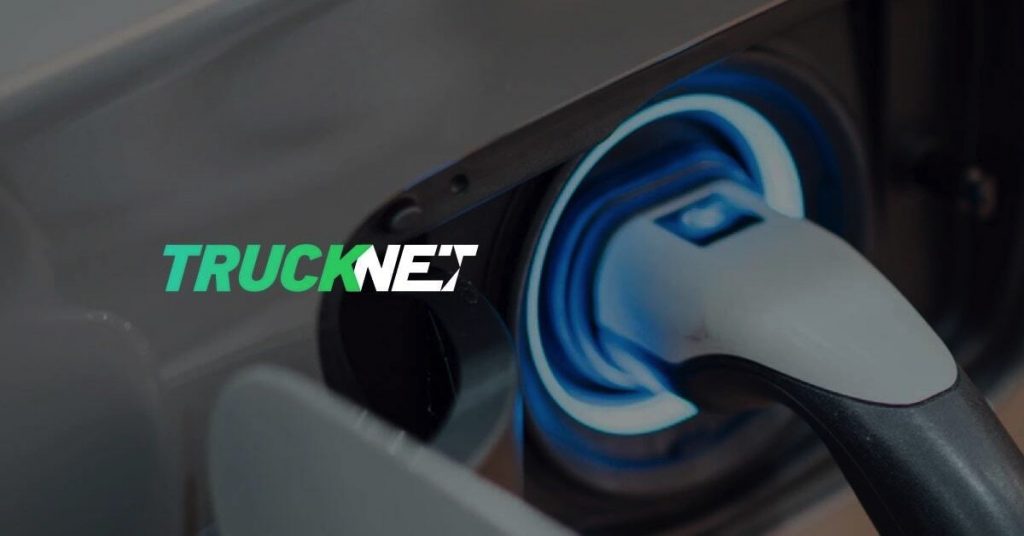Fuel substitutes in the world
A sustainable vehicle is one that produces less harmful impacts to the environment than a conventional internal combustion engine vehicle. It can use liquefied natural gas (LNG), compressed natural gas (CNG), biofuels and more. However, a truly eco-friendly vehicle needs to meet specific requirements and can include electric cars, hybrid-electric vehicles, fuel cell vehicles and more. These vehicles are powered by alternatives to fossil fuels (gasoline, natural gas, diesel) and do not produce tailpipe greenhouse gas (GHG) emissions.
Why do we need alternative transportation fuel?
The outcome from the UNFCCC Summit in Paris in 2015(COP21) was the approval of the historic Paris Agreement in which the countries of the world committed to, among others, significantly reducing global GHG emissions. A key lever in strategies for achieving the Paris Agreement targets is moving from fossil fuel use to renewable energies, including nuclear power, and advancing towards less energy-intensive economies. Needless to say, the transport sector generates a large share of GHG emissions.
Both shippers and carriers have much to consider as they aim to diversify their mix of energy sources for transportation. It’s a balancing act that requires weighing many factors such as capital investment, cost of energy consumption, available infrastructure, and individual sustainability goals.
We divide internal combustion engines into two categories: single fuel source (the most common) and multi-fuel source. Here we use battery-electric vehicles, solar, biofuel (biodiesel, bioalcohol, ethanol, charcoal, compressed natural gas etc.). Dual fuel vehicles use two types of complete fuel systems and can operate on either of the fuels (for example gas + liquid, gas + gas, liquid + liquid). Flexible fuel, known as flex-fuel/flexifuel in Europe or flex in Brazil, is used in vehicles with an internal combustion engine designed to run on more than one type of fuel. The most common flexible fuel vehicles on the market use a blend of gasoline and up to 83% ethanol.
What is the real answer to alternative fuel?
Biofuels, produced from biomass, are already available. Examples include ethanol made from sugar cane, corn, sorghum and biodiesel made from vegetable oils and liquid animal fats. These fuels are in a class of renewable energy, less toxic and much more sustainable than conventional fossil fuels, and can reduce emissions in the transport sector. Of course, there are challenges, such as the difficulty in using biodiesel in cold climates since it causes crystallization and the fuel tends to gel (freeze) which could cause severe damage to a truck’s engine.
As mentioned above, compressed and liquefied natural gas (CNG and LNG) are alternatives to petrol and diesel. CNG was actually in use before the Second World War in Europe, however, the problems of reduced storage space made travel distance very short – 50-70 kilometers.
Today, this more sustainable lower-emissions alternative is gaining market share for heavy-duty transportation. Advancements in engine and fuel system technologies have contributed to the logistics industry’s use together with its low and stable stock price.
LNG is more expensive than CNG to produce, store and transport. It emits slightly higher levels of GHG emissions. Its use is more common in Europe where there is a lack of pipelines for long distance CNG transport.

The United States has abundant resources of natural gas from the shale boom that enabled huge increases in production. There is a challenge around the specific type of engine and the availability of fueling stations for trucks using shale gas, which will require additional technology and infrastructure investments. CNG can be used in diesel engines with better fuel consumption. Regarding sustainability, it is still a fossil fuel and its production leaves a huge carbon footprint.
Energy storage for electric vehicles in the cargo industry is still a big challenge with regard to safety, size, cost and overall management of the battery. The cost of truck downtime during charging may make it less appealing in some supply chains. Besides, after full charging, a truck can run on average for about 350 kilometers, while most long shipments are 1000 kilometers or more.
We should keep in mind that the local electricity network gets its power from plants that are not necessarily emission free, so it can be difficult to measure actual emissions from alternative vehicles. For example, in Iceland almost all electricity production is provided by renewable energy, therefore vehicle charging stations are powered by the grid that generates electricity from hydropower and geothermal power. On the other hand, in the United States, most of the electricity generated is from fossil fuels.
The production of alternative fuels grows every year, nevertheless, many challenges remain. Even if we solve the problem of lack of resources, there are still several open environmental issues.
Based on the pace of hybrid vehicle development in the world, it seems to be the most promising idea for the next generation of trucks. This next period will be a middle step in the move towards electricity as the main fuel source. The EU, the USA and Japan already are improving efficiency through engine downsizing.
Low Emissions Zones (LEZ) are becoming more popular in cities throughout the developed world. This is a defined area where access is restricted to improve air quality. Polluting trucks are not allowed to enter, therefore this is an additional incentive for logistics companies to use more dual-fuel engines to ensure that regular cargo deliveries will not be interrupted.
After we see hybrid trucks on the market we will be able to think about how to make the full electric system more efficient. The solution is to find a way of charging the battery during the trip, using already existing technologies such as solar panels or wireless roads that charge the vehicle while driving.
Our goal for the moment is to create optimization by using a variety of digital technologies to manage efficiently heavy duty vehicle fleets.




